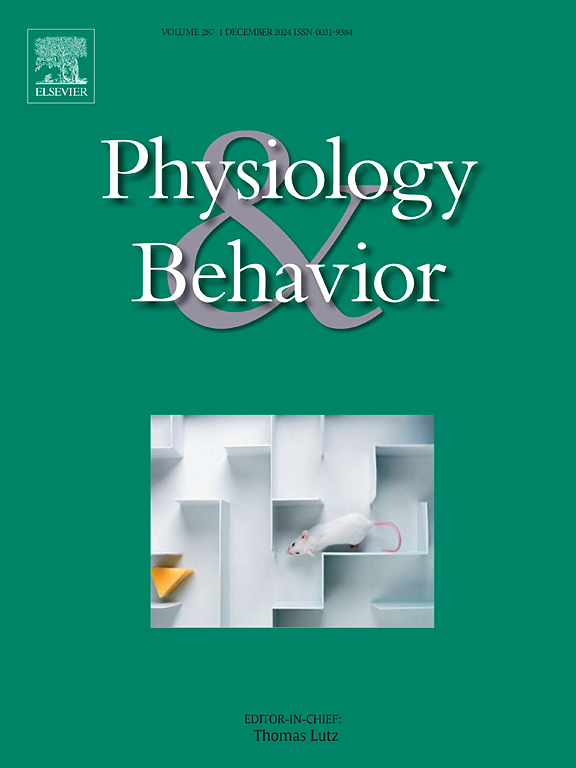The role of the hypothalamus in the development of cancer cachexia
IF 2.5
3区 医学
Q2 BEHAVIORAL SCIENCES
引用次数: 0
Abstract
Cachexia is a complex multiorgan syndrome associated with various chronic diseases, characterized by anorexia and increased tissue wasting in the context of chronic inflammation. A specific form of this syndrome, known as cancer cachexia (CC), occurs alongside different types of tumors. The pathogenesis of CC is multifactorial. Inflammatory mediators and hormones released by both tumor and host cells have a relevant role in driving the peripheral catabolic process through several direct mechanisms. Accumulating evidence indicates that the central nervous system (CNS) plays an integral role in the pathogenesis of CC. The hypothalamus has emerged as a critical brain region that senses and amplifies peripheral stimuli, generating inappropriate neuronal signaling and leading to the dysregulation of energy homeostasis under cachexia conditions. Circulating cytokines may act in concert with hormones and neurotransmitters and perturb critical hypothalamic neurocircuits shifting their activity towards the anorexigenic pathway and increase of energy expenditure. This review discusses the mechanisms mediating the hypothalamic homeostatic imbalance in the context of anorexia and cachexia associated with cancer.
下丘脑在癌症恶病质发展中的作用。
恶病质是一种与多种慢性疾病相关的复杂多器官综合征,其特征是慢性炎症背景下的厌食和组织消耗增加。这种综合征的一种特殊形式,被称为癌症恶病质(CC),与不同类型的肿瘤一起发生。CC的发病机制是多因素的。肿瘤和宿主细胞释放的炎症介质和激素通过几种直接机制在驱动外周分解代谢过程中发挥相关作用。越来越多的证据表明,中枢神经系统(CNS)在CC的发病机制中起着不可或缺的作用。下丘脑是感知和放大外周刺激、产生不适当的神经元信号并导致恶病质条件下能量稳态失调的关键脑区。循环细胞因子可能与激素和神经递质协同作用,扰乱关键的下丘脑神经回路,使其活动转向厌氧途径并增加能量消耗。本文就癌症相关的厌食症和恶病质中下丘脑稳态失衡的调节机制作一综述。
本文章由计算机程序翻译,如有差异,请以英文原文为准。
求助全文
约1分钟内获得全文
求助全文
来源期刊

Physiology & Behavior
医学-行为科学
CiteScore
5.70
自引率
3.40%
发文量
274
审稿时长
47 days
期刊介绍:
Physiology & Behavior is aimed at the causal physiological mechanisms of behavior and its modulation by environmental factors. The journal invites original reports in the broad area of behavioral and cognitive neuroscience, in which at least one variable is physiological and the primary emphasis and theoretical context are behavioral. The range of subjects includes behavioral neuroendocrinology, psychoneuroimmunology, learning and memory, ingestion, social behavior, and studies related to the mechanisms of psychopathology. Contemporary reviews and theoretical articles are welcomed and the Editors invite such proposals from interested authors.
 求助内容:
求助内容: 应助结果提醒方式:
应助结果提醒方式:


